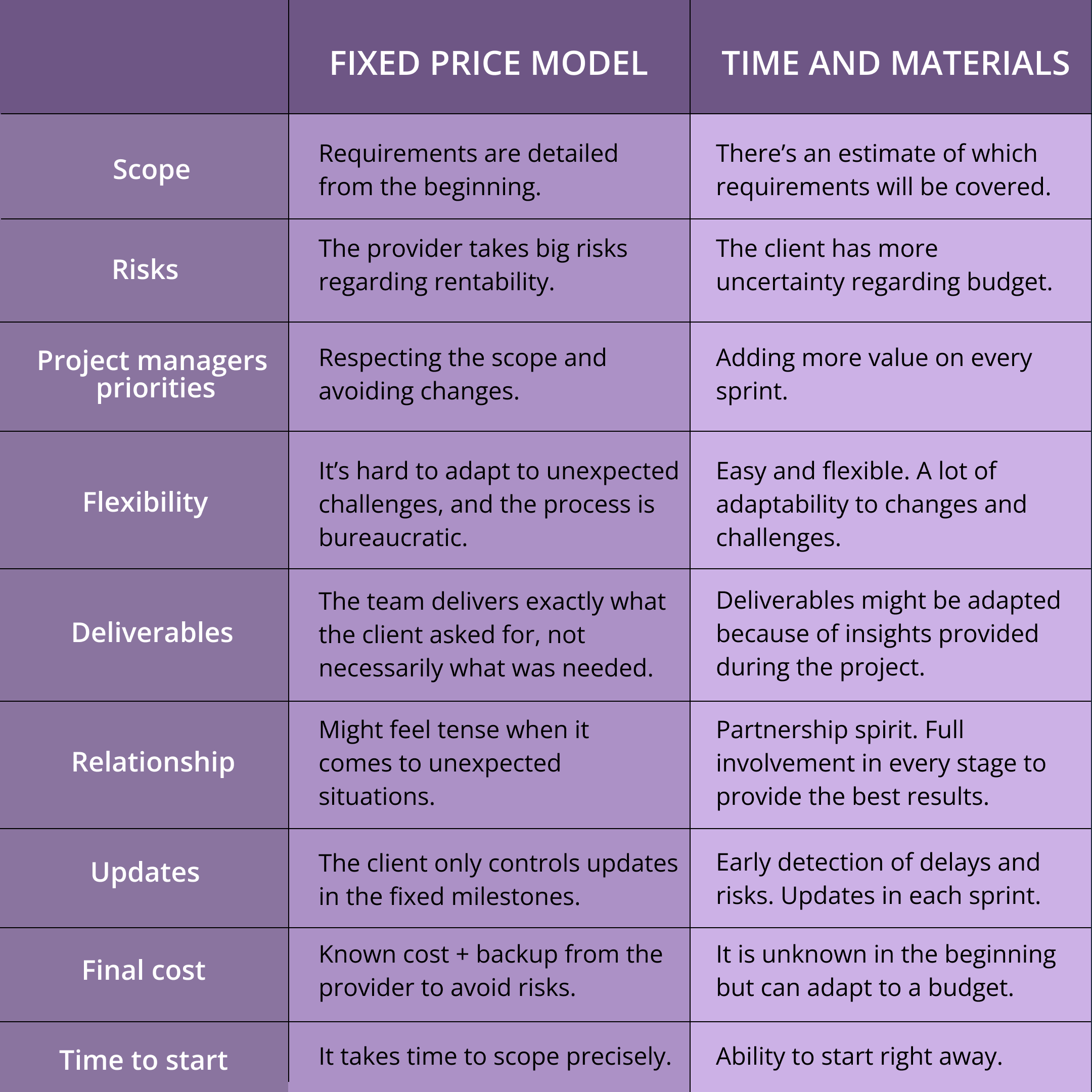Introduction: Demystifying Options Trading with Fixed Prices
Have you ever wondered about the intricacies of options trading and its potential for magnifying returns? Options trading, often veiled in layers of complexity, involves the buying or selling of options contracts that grant the holder the right, but not the obligation, to buy or sell an underlying asset (usually a stock or an index) at a fixed price. Understanding this singular concept opens the door to a new realm of financial opportunities.

Image: voxt.ru
Options, often referred to as “the Swiss Army knife of financial instruments,” empower traders with unparalleled flexibility, enabling them to speculate on the future direction of underlying assets and hedge against potential risks. They offer traders a cornucopia of strategies, from straightforward to intricate, catering to a diverse range of risk appetites and financial goals.
Fixed Price in Options: Anchor of Stability Amidst Market Swings
In the realm of options, there lies an unwavering beacon of certainty, the fixed price. Often dubbed the “strike price,” it serves as an immutable anchor, a cornerstone of every options contract. This predetermined level acts as a pivot point, defining the price at which the holder can potentially exercise their right to buy or sell the underlying asset.
A fixed price is pivotal in shaping the potential profitability of an options trade. Consider this: As the underlying asset price fluctuates relative to the strike price, a spectrum of possibilities emerges, each bearing unique implications for the trader. By mastering this dynamic relationship, traders can adeptly navigate the labyrinthine maze of options trading and optimize their prospects for success.
Types of Options Contracts: A Bifurcated World of Calls and Puts
Within the options trading universe, there are two principal categories of contracts that stand out: calls and puts. Each contract carries its own distinct characteristics and opens different avenues for profit.
Calls:
Calls essentially convey the right to purchase the underlying asset at the predetermined strike price before the contract’s expiration date. They thrive in environments where the trader anticipates an upswing in the asset’s price. In such scenarios, the call holder can capitalize on the upward price momentum by exercising their right to buy the asset at a price below its prevailing market value.
Puts:
Puts represent the flip side of the options coin, granting the holder the right to sell the underlying asset at the fixed strike price before the contract expires. Puts flourish in contrasting circumstances—when the trader foresees a depreciation in the asset’s price. By leveraging a put option, the holder can effectively hedge against potential losses or speculate on the asset’s decline.
Applications in Real-World Investing: Where Theory Meets Practice
Options trading with fixed prices is a versatile tool that can serve a range of purposes in real-world investing:
Income Generation:
Options trading can be instrumental in generating income through the sale of options premiums. Premium sellers receive a payment in exchange for assuming the obligation to buy or sell the underlying asset at the fixed price. Skillfully navigating this aspect can provide a steady stream of returns.
Hedging against Risk:
Options can act as a defensive shield against potential losses. Holding a position opposite to the anticipated price movement allows traders to offset risks associated with unfavorable market swings. This strategic approach is akin to having an insurance policy against financial setbacks.
Speculation on Volatility:
Options trading presents opportunities for speculating on the volatility of an underlying asset. Traders who correctly anticipate periods of heightened price fluctuations can capitalize on these market conditions, using options as a vehicle for profit.

Image: www.pmbypm.com
The Essential Toolkit for Options Trading Fixed Price
To embark on the journey of options trading with fixed prices, a few essential tools are indispensable:
Trading Platform:
A reliable trading platform is the gateway to executing options trades. Choose a platform that aligns with your trading style, provides real-time data, and offers robust charting capabilities.
Education and Research:
Thoroughly comprehending the nuances of options trading is paramount for success. Delve into educational resources, attend webinars, and stay abreast of market trends to enhance your decision-making prowess.
Risk Management Plan:
A well-defined risk management plan is your guiding compass in the often-unpredictable world of options trading. Set realistic profit targets, define your tolerance for losses, and abide by strict discipline to safeguard your financial well-being.
Options Trading Fixed Price

Image: lightit.io
Conclusion: Mastering the Art of Options Trading Fixed Price
Options trading with fixed prices is a complex yet rewarding endeavor, empowering traders with a diverse range of opportunities. By internalizing the fundamental concepts, mastering the different types of options contracts, and honing your analytical skills, you can leverage this powerful financial instrument to achieve your investment goals. Remember, consistent effort, prudent decision-making, and a commitment to ongoing education form the unshakable pillars upon which successful options trading is built.






